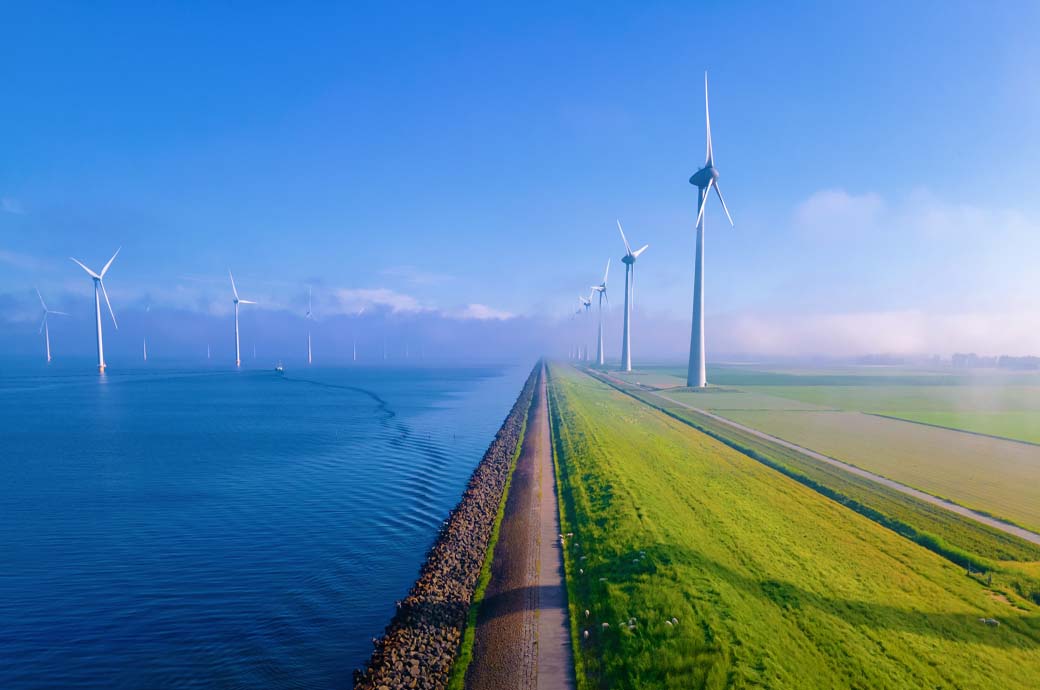
The plan’s objective is to ensure domestic energy security, meet the requirements of economic and social developments, industrialisation and modernisation, ensure national defence and security, improve people's living standards and protect the ecological environment.
It also aims at cultivating an independent and autonomous energy industry, and setting up a comprehensive energy industry ecosystem based on renewable and new energy sources.
The target is to turn a regional hub for clean energy industries and renewable energy exports.
The master plan has set a target for total primary energy supply to reach 155 million tonnes of oil equivalent by 2030 and between 294 and 311 million tonnes by 2050, a news agency reported.
The total national oil and petroleum reserves—including crude oil and products—meanwhile, is expected to rise to 75-80 days of net imports by 2030 and gradually to 90 days after that year.
It sets a target for the share of renewable energy in the total primary energy to be 15-20 per cent by 2030 and about 80-85 per cent by 2050.
It also aims to achieve energy savings of about 8-10 per cent by 2030 and about 15-20 per cent by 2050 compared to the normal development scenario.
The projected greenhouse gas emissions are about 399-449 million tonnes by 2030 and about 101 million tonnes by 2050. Emissions are to be cut by 17-26 per cent by 2030 and by about 90 per cent by 2050 compared to the normal development scenario.
The production of crude oil, natural gas and commercial coal are targeted at 6-9.5 million tonnes, 5.5-15 billion cubic metres and 41-47 million tonnes respectively for the 2021-2030 period.
Several clean energy centres are planned to be established by 2030 in the northern, central, and southern regions when favourable conditions are available.
The capacity of green hydroelectricity production is estimated at about 100,000-200,000 tonnes per year by 2030 and about 10-20 million tonnes annually by 2050.
Fibre2Fashion News Desk (DS)